A Guide to Perfect Kelewele at Home
10 min read Learn how to prepare flavorful, spicy Kelewele at home with this easy foolproof guide to Ghana's beloved snack. August 25, 2025 06:05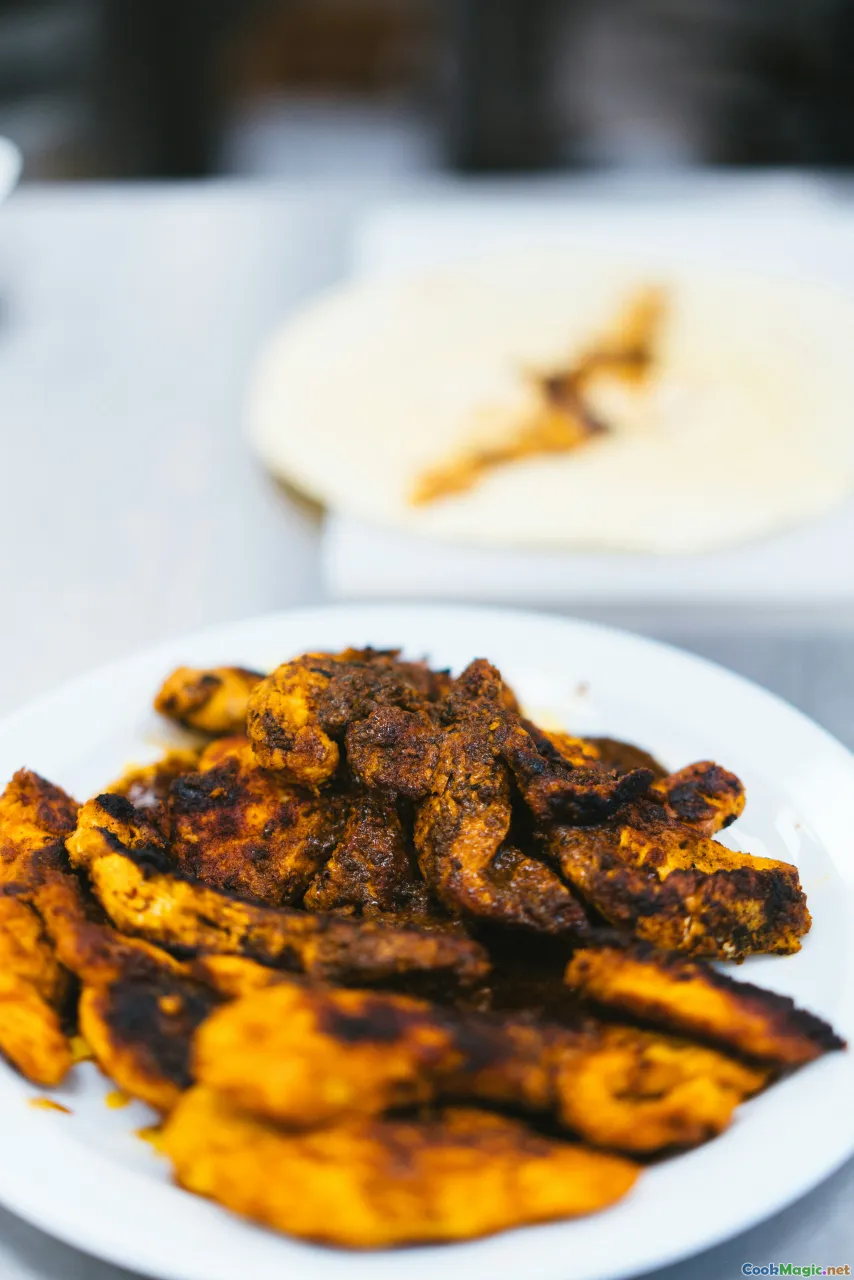
A Guide to Perfect Kelewele at Home
Imagine walking through the bustling streets of Accra, the air thick with the irresistible aroma of freshly fried plantains spicy with a fiery blend of ginger, chili, and aromatic spices. That playful heat on your tongue, the crispy edges giving way to soft, sweet interiors—Kelewele isn’t just food; it’s a musical symphony of flavors that tell stories of Ghanaian streets, cultural heritage, and warm gatherings.
For lovers of bold flavors and those eager to bring a piece of Ghana into their own kitchens, mastering Kelewele offers more than just a delicious snack—it’s a culinary adventure that connects you deeply with West African traditions. Here’s everything you need to know to craft perfect Kelewele at home, equipped with vivid descriptions, personal insights, and practical tips to elevate your culinary repertoire.
The Cultural Essence of Kelewele
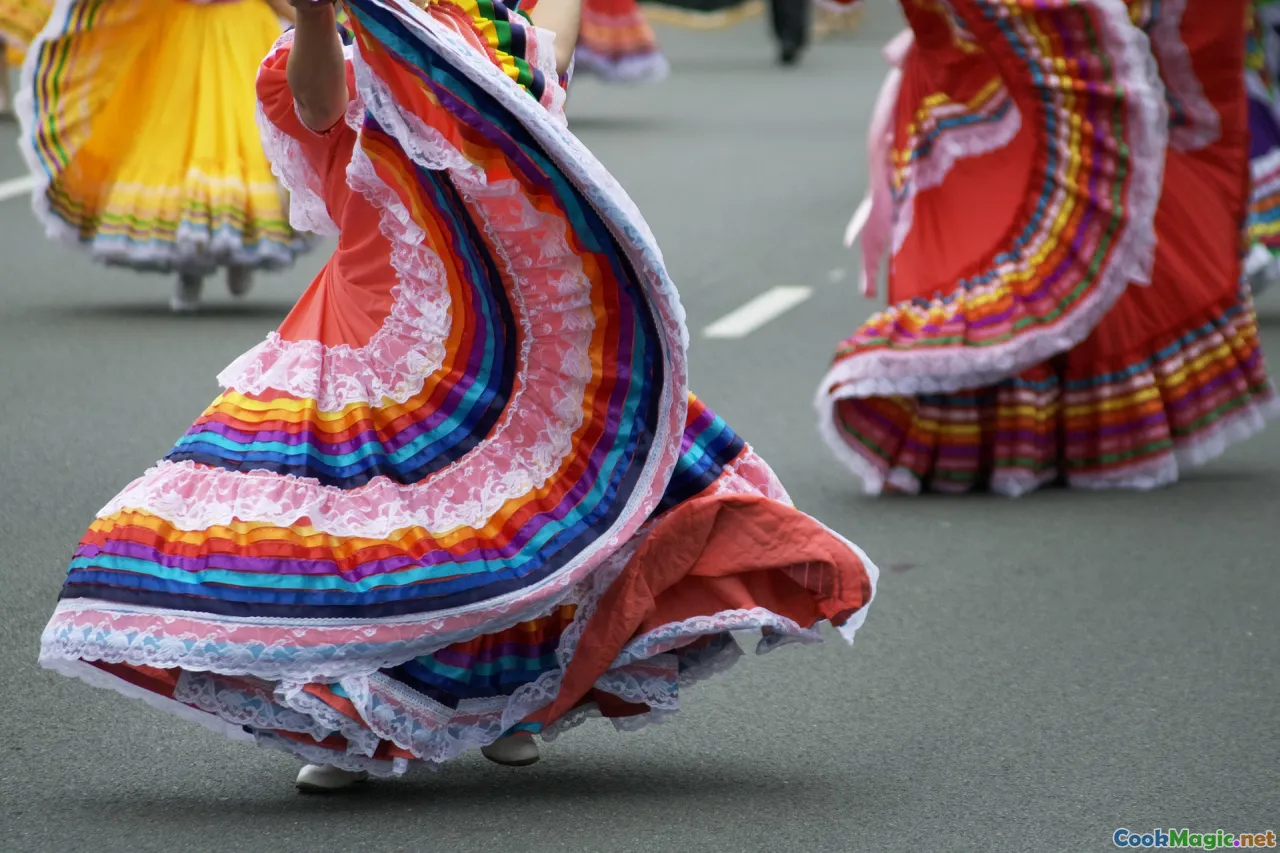
Kelewele originating from the streets of Ghana, particularly in the Greater Accra Region, is more than a side dish—it’s a cultural emblem. Traditionally served during festivals, street festivals, and family gatherings, Kelewele embodies communal warmth and Ghanaian hospitality. Vendors in colorful attire hawk it in bustling markets, the scent attracting passersby even before it hits the oil.
Imagine a lively night market, the air alive with chatter, laughter, and the rhythmic beat of drumming. Amidst this vibrancy, vendors skillfully toss ripe plantains with a mixture of spices—ginger, cayenne, garlic—then fry them to golden perfection. The aroma isn’t just appetizing; it’s nostalgic—a handshake between heritage and shared joy.
The Perfect Plantain Selection

The foundation of great Kelewele lies in selecting the right plantains. Look for ripe plantains—they should be yellow with black spots or fully blackened peel, indicating natural sweetness and softness inside. Under-ripe plantains are starchy and less flavorful, resulting in a tougher bite.
From personal experience, I suggest choosing medium-sized plantains that are firm yet yield slightly to gentle pressure. Ripe plantains lend a caramelized sweetness that balances the fiery spices, while overripe ones might be mushy, making frying tricky. Opt for classic West African varieties if available—those tend to have that mellow, sweet flavor ideal for Kelewele.
Spicing It Right: The Essential Kelewele Marinade
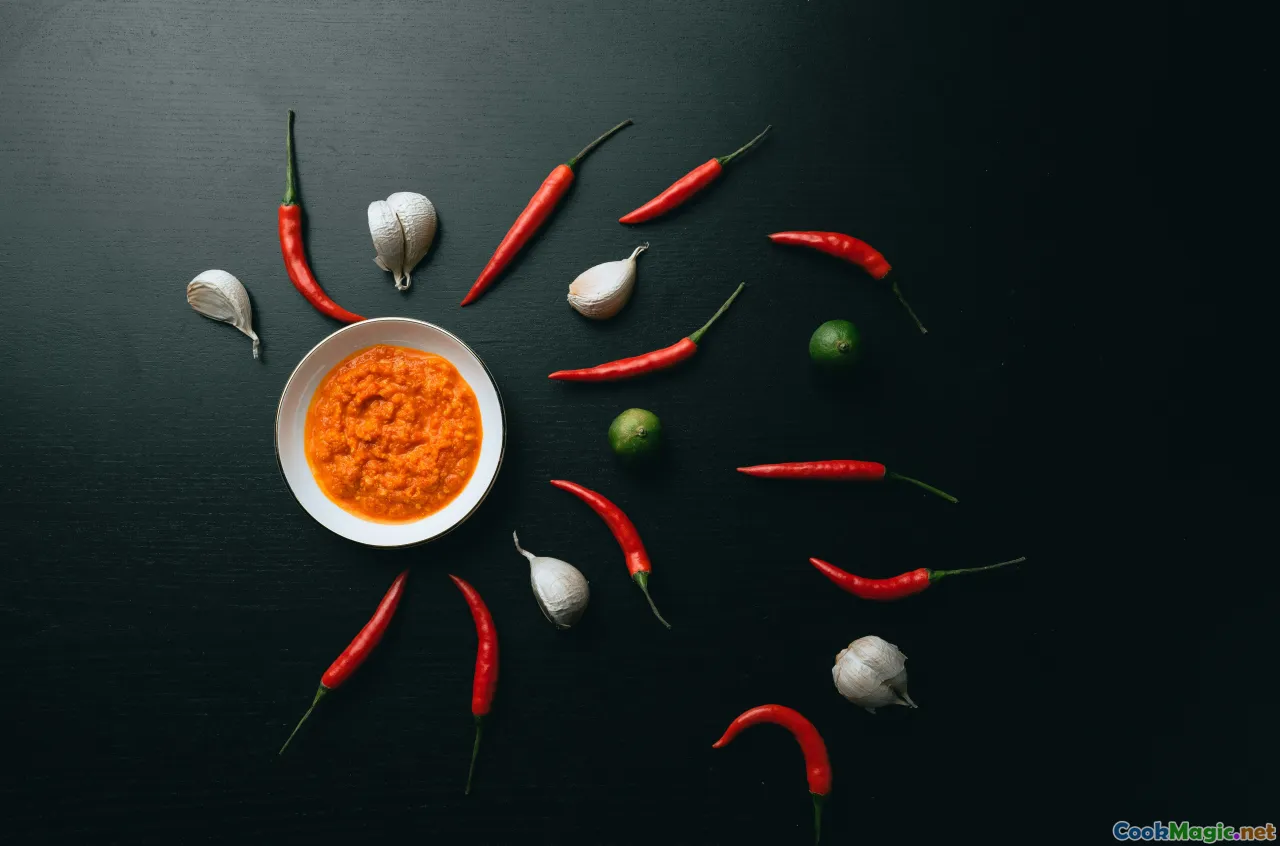
The magic of Kelewele is in its marinade, a vibrant paste bursting with flavor and heat. The core ingredients include:
- Fresh ginger: Grated for a sharp, pungent aroma.
- Garlic: Minced finely or pureed for depth.
- Cayenne pepper and chili powder: For heat and fiery kick.
- Nutmeg and salt: To enhance and balance flavors.
- Lime juice (optional): Adds brightness and tenderizes.
A typical Ghanaian recipe combines about 2 tablespoons of freshly grated ginger, 2 cloves of minced garlic, 1 teaspoon of cayenne, ½ teaspoon of ground nutmeg, and a pinch of salt. Blend these ingredients into a smooth paste, adding a splash of water if needed. For an authentic touch, some cooks include a splash of lemon or lime juice to impart a subtle zesty undertone.
Preparing the Plantains

Once you’ve crafted your spice marinade, peel the ripe plantains carefully. Slice them into diameter pieces about 1-1.5 inches thick—long enough to retain moisture, yet manageable for frying. Coat each piece thoroughly with the marinade, ensuring every surface is well covered.
Many Ghanaian street vendors will let the plantains marinate for 15–30 minutes; a longer marination intensifies flavors. If you have more time, refrigerate them covered in the marinade. This allows the spices to seep deeply, transforming the humble plantain into a burst of fiery flavor.
The Frying Technique: Achieving the Perfect Crispy Exterior
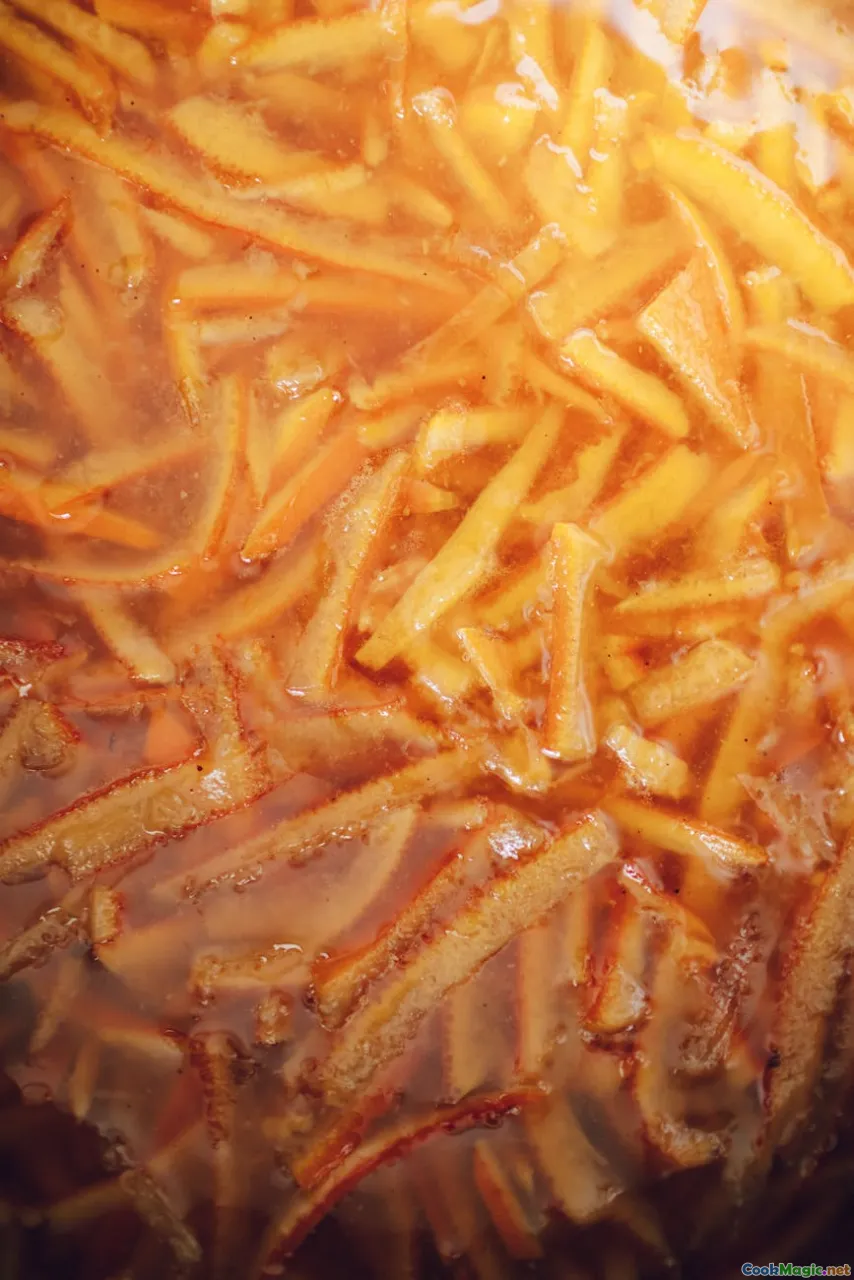
The hallmark of good Kelewele is its crispy exterior with tender, aromatic insides. Use a deep frying pan or pot with enough vegetable oil (preferably palm oil or peanut oil for authenticity, but sunflower or canola work) to submerge the plantains.
Heat the oil over medium heat until it reaches about 350°F (175°C)—you can test this by dropping a small piece of plantain; if it sizzles immediately, you’re ready. Carefully add the plantain slices in batches; avoid overcrowding to maintain heat and ensure even cooking.
Fry for 3–4 minutes per batch until they achieve a golden-brown color, with slightly crispy edges. Turn occasionally to prevent burning. Remove with a slotted spoon onto paper towels to drain excess oil. For extra crispiness, some cooks double-fry—after the initial fry, allow the plantains to rest for a minute, then fry again briefly.
Serving and Pairings: Making the Most of Kelewele
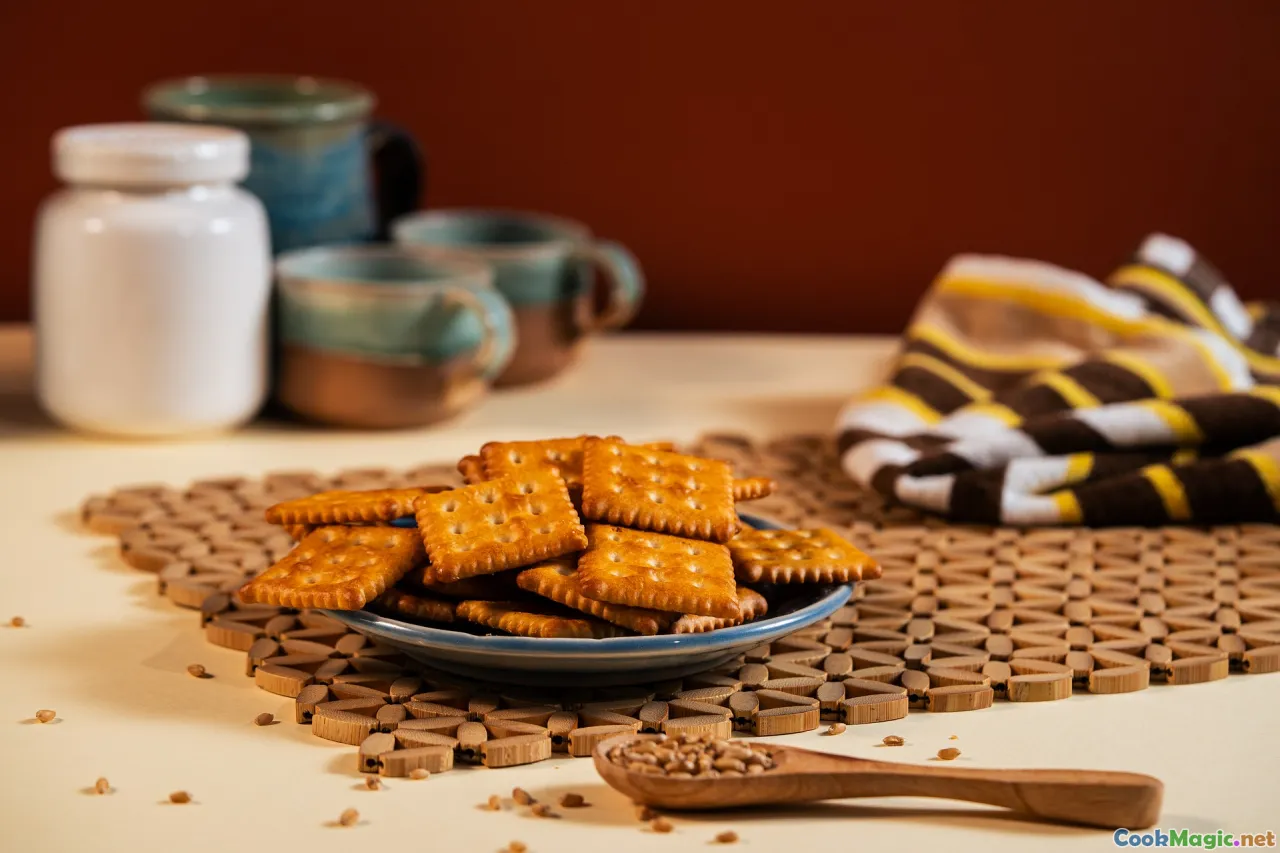
Traditionally, Kelewele is served hot, often accompanied by roasted peanuts, boiled yams, or chilled beverages like bissap (hibiscus drink) or palm wine. The contrast of sweet, spicy, and crunchy textures creates a delightful snack or side dish.
For a contemporary twist, serve Kelewele as part of a Ghanaian-inspired platter with grilled kebabs, fried plantains, and fresh salads like avocado and tomato. Garnish with chopped onions or shredded fresh ginger for an added kick.
Personal tip: For hand-held street-vendor authenticity, place the Kelewele on banana leaves, which enhance the aroma and add a rustic element to your presentation. It’s tactile and festive!
Tips for Authenticity and Variations
- Adjust the heat: Control the spiciness by varying the amount of chili powder or including fresh Scotch bonnet peppers for an authentic West African kick.
- Sweet balance: Ripe plantains give enough sweetness, but a light sprinkle of brown sugar before frying can add an extra caramelized layer.
- Alternative oils: While traditional vendors may use palm oil, in your home kitchen, a neutral oil like canola ensures a crispy fry without overpowering flavors.
- Vegetarian friendly: Kelewele is naturally plant-based, making it a perfect snack for herbivores.
- Variations: Experiment with adding a hint of cinnamon or clove for different aromatic profiles.
Why Mastering Kelewele Matters
Cooking Kelewele at home isn’t just about replicating a street snack—it's an act of cultural appreciation, a way to connect with Ghanaian traditions across distances. It’s comfort food steeped in history, serving as a reminder that food is a universal language.
As you perfect your recipe, you’ll find that each batch evokes memories of lively Ghanaian nights, family festivities, and the shared joy of community. It’s accessible, satisfying, and richly rewarding—a dish that embodies the spirited soul of Ghana.
So roll up your sleeves, gather your plantains, and turn your kitchen into a street-side Ghanaian eatery. Your taste buds—and your heart—will thank you.
Embrace the fiery aroma, the crispy texture, and the cultural tapestry woven into each bite of Kelewele. Once mastered, it will become your go-to recipe for bringing a taste of Ghana’s vibrant streets directly to your home table. Afia Pa (bon appétit) and happy cooking!









